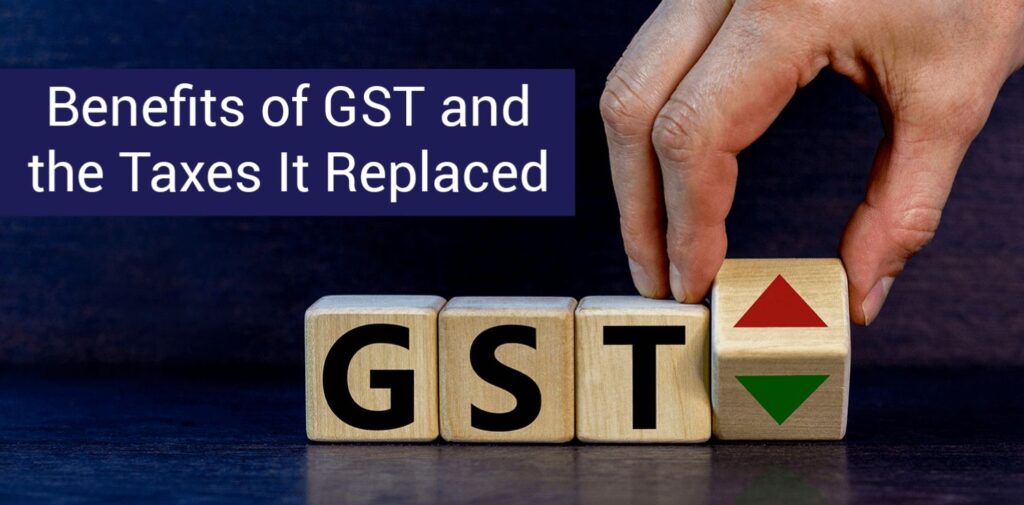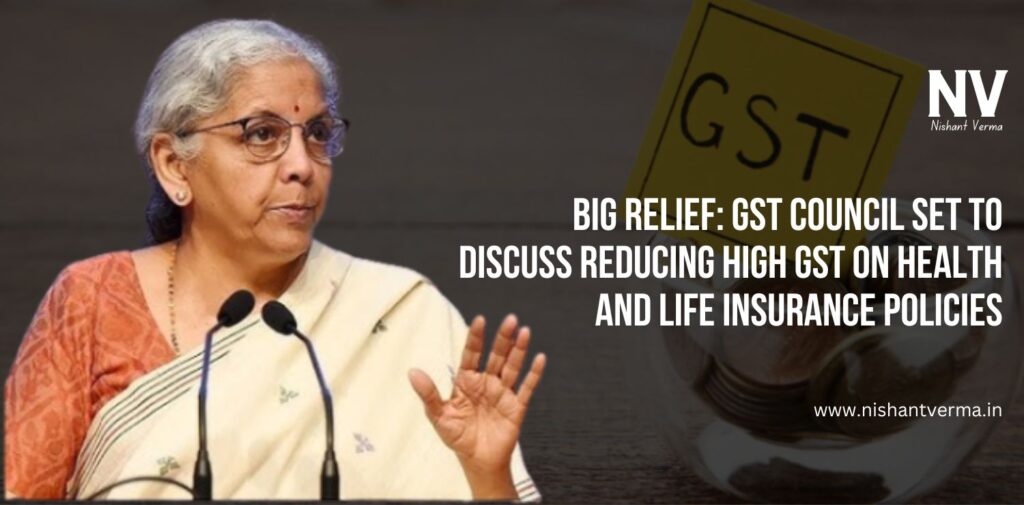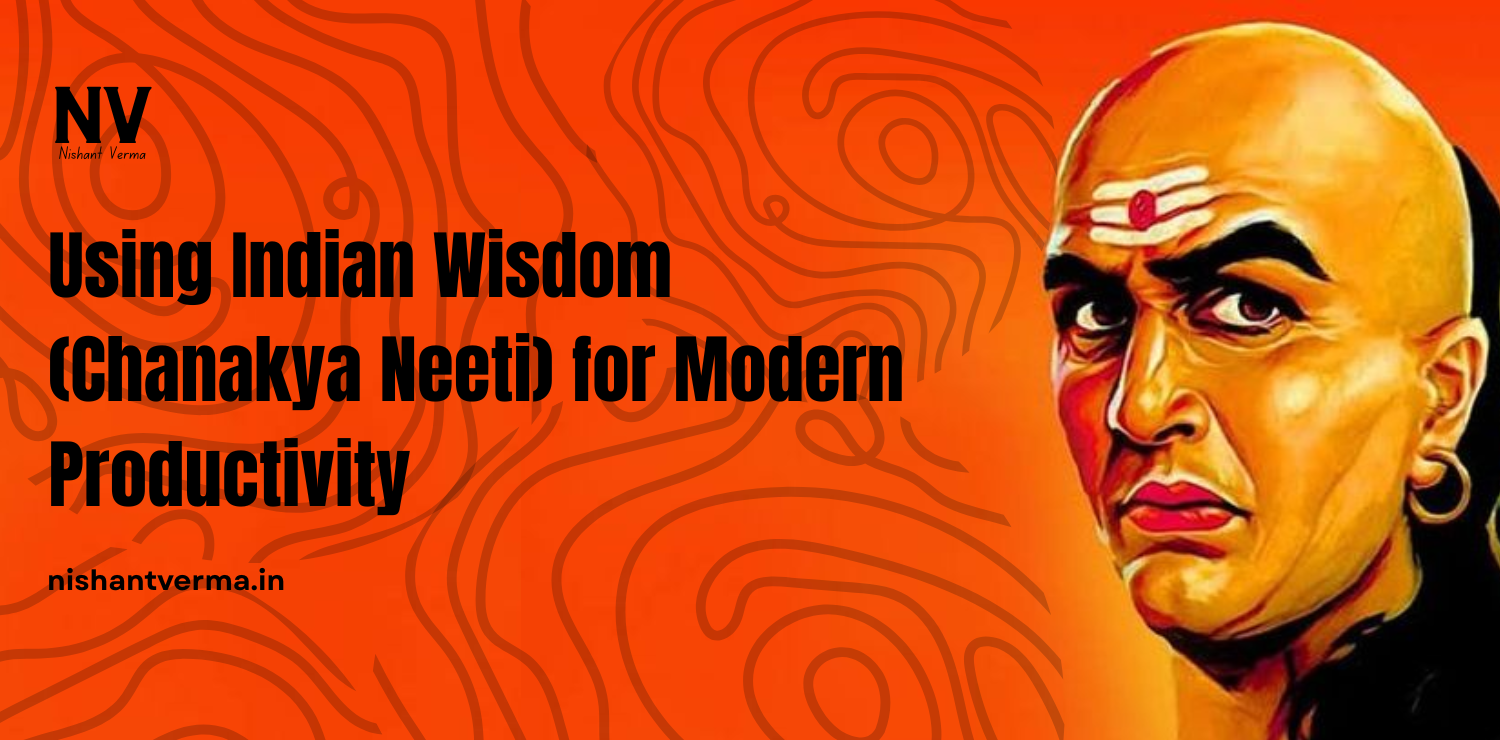In what could be a major relief to millions of Indians, the Goods and Services Tax (GST) Council is expected to discuss reducing the high GST rates on health and life insurance policies in its upcoming meeting on Monday. This move could significantly lower the cost of insurance policies, making them more affordable for the common people. Currently, the GST rate on insurance products is at 18%, which adds a considerable burden on policyholders. However, the GST Council is now looking at four different options that may bring relief to consumers.
Why the Need for Reducing High GST on Health and Life Insurance Policies?
Health and life insurance are essential in today’s world. Health insurance provides financial security during medical emergencies, while life insurance ensures that the family of a policyholder is taken care of in case of an unfortunate event. Yet, the high cost of premiums, exacerbated by the 18% GST, makes these policies less affordable for a large section of society.

The Department of Financial Services (DFS) has been urging the government to reduce GST rates on health insurance products for quite some time. The idea behind this request is to make health insurance more accessible, especially for middle- and lower-income groups who find it difficult to pay high premiums. Lowering the GST would not only make these policies cheaper but also encourage more people to buy insurance, which in turn would strengthen the country’s social safety net.
The Four Options Under Consideration
The GST Council’s fitment panel, comprising revenue officials from both central and state governments, has come up with four potential options for reducing the GST on health and life insurance products. The financial impact of these options could range from Rs 650 crore to Rs 3,500 crore on the exchequer, depending on which route the council decides to take.
Option 1: Lower GST on Health Insurance for Senior Citizens
- The first option is to provide a reduced GST rate specifically for health insurance policies targeted at senior citizens. Currently, senior citizens are often charged higher premiums because of their age and the higher risk of medical issues. Reducing the GST on such policies would make health insurance more affordable for this vulnerable group.
- Financial Impact: This option would cost the government around Rs 650 crore, making it the least expensive option for the exchequer.
Option 2: Reduced GST for All Health Insurance Policies
- This option proposes a blanket reduction in GST for all health insurance policies, irrespective of the age or demographic of the policyholder. This would benefit a wider range of people and encourage more individuals to purchase health insurance. A lower tax rate would reduce the burden on policyholders, leading to a more affordable and attractive insurance market.
- Financial Impact: The cost to the exchequer under this option could range from Rs 1,000 crore to Rs 1,500 crore.
Option 3: Reduced GST for Both Health and Life Insurance
- The third option is more comprehensive and involves reducing the GST rate for both health and life insurance products. While health insurance offers protection in medical emergencies, life insurance ensures financial security for families in case of the policyholder’s demise. Reducing GST on both types of insurance would make these critical products more accessible and affordable for a large part of the population.
- Financial Impact: This would have a significant impact on the exchequer, potentially costing between Rs 1,800 crore and Rs 2,500 crore.
Option 4: Zero GST on Health Insurance Policies
- The most ambitious option being considered is to completely remove the GST on health insurance policies, effectively making them GST-exempt. While this would drastically reduce the cost of health insurance, it also comes with a hefty financial burden on the government.
- Financial Impact: The exchequer could bear a cost of nearly Rs 3,500 crore under this option, making it the most expensive proposal.
Potential Benefits of GST Reduction
Increased Affordability
A lower GST rate would make health and life insurance policies more affordable. This could lead to higher uptake of insurance policies, especially among the middle- and lower-income groups who currently find it challenging to pay high premiums. Increased affordability would lead to better financial protection for a larger number of people.
Enhanced Social Security
With more people buying health and life insurance, the social security net in India would become stronger. Health insurance can reduce the financial stress of medical treatments, while life insurance ensures that families have financial support in case of the policyholder’s death.

Boost to the Insurance Sector
Reducing the GST rate on insurance products could also boost the insurance sector, leading to higher revenues and job creation. As more people buy insurance policies, the demand for related services, such as insurance advisors, claims processors, and customer support staff, would also rise.
Improved Healthcare Access
Affordable health insurance could lead to better healthcare access for more people. When individuals have health insurance, they are more likely to seek timely medical care, preventing the escalation of health issues and reducing the overall burden on public healthcare facilities.
Support for Senior Citizens
If the GST reduction is targeted at senior citizens, it would provide much-needed relief to this age group. Senior citizens often face higher healthcare costs due to age-related issues. A reduced GST would make it easier for them to maintain their health coverage without straining their finances.
Challenges and Concerns
While the potential benefits of reducing the GST on health and life insurance are significant, there are also some challenges to consider:
Impact on Government Revenue
Reducing the GST rate would lead to a direct loss of revenue for the government. Depending on which option the GST Council chooses, the cost to the exchequer could range from Rs 650 crore to Rs 3,500 crore. In the context of ongoing economic challenges, the government will have to carefully consider the trade-off between providing relief to consumers and managing its revenue needs.

Balancing Different Sectors
The government will also need to balance the interests of different sectors. While the insurance sector may benefit from a GST reduction, other industries may lobby for similar tax relief measures. The government will need to carefully evaluate which sectors require priority and how to maintain overall fiscal stability.
Implementation Complexity
If the GST Council opts for targeted relief, such as a lower GST rate for senior citizens or specific insurance products, implementing these changes could be complex. The government would need to ensure that the new tax rules are clear and easy to administer to prevent any confusion or misuse.
Conclusion
The upcoming meeting of the GST Council could mark a significant turning point in the affordability of health and life insurance policies in India. The Council’s decision to reduce the GST rate on these essential products could provide much-needed financial relief to millions of policyholders and encourage more people to purchase insurance.
However, the government will need to carefully weigh the financial implications of these changes, as the cost to the exchequer could be substantial. Regardless of the option chosen, a reduction in the GST on insurance products would be a step toward making health and financial security more accessible to the people of India.




